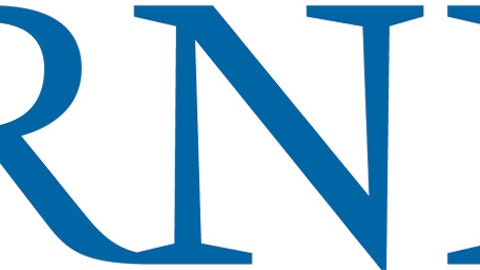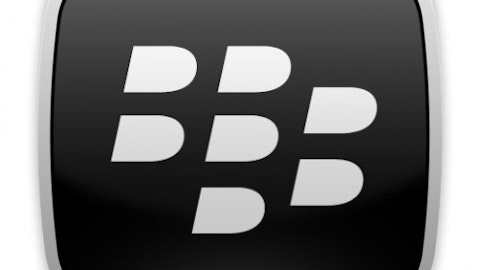When most people decide to buy a particular stock they simply enter a limit order at their desired price. Since the order won’t be executed until the stock price drops to the desired price the limit order may simply languish for days, weeks, or even months. This is time wasted. An alternative to limit orders which allows you to collect a premium in exchange for this time is the put option, specifically the act of selling a put option. I’ll look at three companies which I’ve written about recently and show how selling put options can generate significant profits while you wait for the price to drop.

I’ve written about Microsoft Corporation (NASDAQ:MSFT) a few times, but in this article I determined that the stock is outrageously undervalued. Even under a zero growth scenario I put the fair value between $30 – $36 per share, with the more realistic fair value range being roughly $43 – $56 per share. With the stock currently trading around $28 per share Microsoft is one of the biggest bargains out there.
Of course, you could just buy the stock at the current market price. Another option is to sell an at-the-money put option. The premium collected from this has the effect of lowering the purchase price below the current market value while giving you a good chance of having the shares put to you.
The March 2013 $28 put option as of this writing can be sold for $0.77/contract/share, or $77 per contract. This strike is just slightly above the current share price, which means that if the stock is flat until expiration you will be obligated to buy the shares at $28 each. The premium, however, would lower your purchase price to $27.23 per share. As long as the stock price stays above $27.23 but below $28 you’d be buying the shares at a discount.
If the stock price rises above the $28 strike price then your option would be out-of-the-money, meaning that it would expire worthless. If this occurs then you would not buy any shares and the premium collected would represent a 2.75% return in about 30 days, or around 31% annualized.
You could also use these put options in an attempt to simply generate income. For this strategy you’d want to sell an option with a strike price below the current stock price, giving you a buffer against the option being exercised. An example of this would be the March 2013 $27 put option. This strike price is about 3% below the current stock price and can be sold for $0.31/contract/share or $31 per contract. If the stock price stays above $27 you’d achieve a return of 1.15% in about 30 days, or roughly 13% annualized. The breakeven point for the stock is $26.69, meaning that you would only suffer a loss if the stock fell below this value, about 4% below the current stock price.
General Motors Company (NYSE:GM)
General Motors Company (NYSE:GM), bailed out by the US and Canadian governments during the financial crisis, recently announced that it would be buying back 200 million shares from the US treasury for $27.50 each. In this article I determined that GM was getting a good deal with these buybacks since my fair value range for the company was about $30 – $43 per share.





